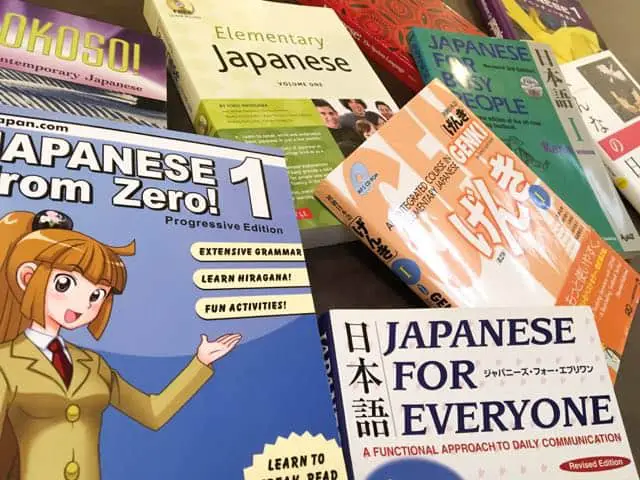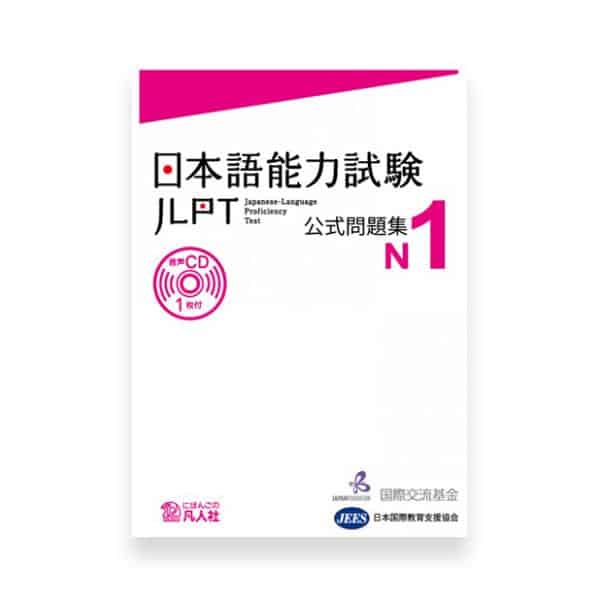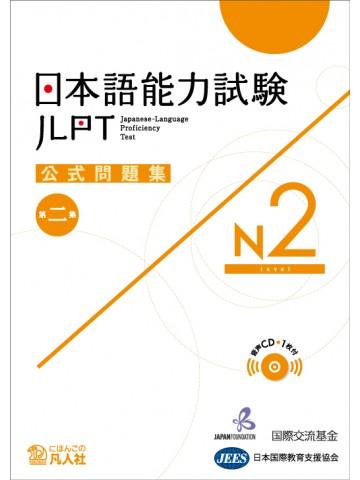Introduction
There are plenty of books and guides on starting your Japanese learning journey with. Most online tutors or physical classrooms will provide their custom course plan, but as a general review, all uses inspirations from his one book. The Genki series is the world’s most recommended book when it comes to learning Japanese for beginners.
The book is so popular in university academic settings. So it makes sense that if you start your journey for Japanese you use the top level of learning used on beginners. This choice is mainly based on the way the Genki series delivers basic grammar structures, vocabulary, listening, and pronunciation. As a pro tip, the ease with which any textbook or program delivers these four should be your guide while choosing where to learn Japanese as a beginner. This does not suggest that learning them will be easy, but the beginner program should flow in a way to learn more without confusion or a sense of being stuck. This is where Genki shines; you will find that the sections of the book are easy to follow even if you are self-learning.
There are many other books that offer beginners great material on basic Japanese. These include Minna No Nihongo, Japanese from Zero, Japanese For Busy People, Japanese For Everyone and the list goes on. We have selected the Genki series as it comes at the top of the list for both universities and other tutoring institutions when it comes to Japanese. We are going to review the main features of the book, to aid your course as you take on the Japanese language.
1. The book’s description
The Genki series comes in two books, Genki 1 being the go-to for pure beginners and Genki 2 will raise your level to lower intermediate in general. The book is certainly good for college-age students and preferably with a partner if you are teaching yourself Japanese. This is because the book was designed initially for the college study of Japanese. And some of the material and exercises found in the book are laid out in a dialogue format for use in a classroom setting. This is why it might be a good idea to find a learning partner, which is easy nowadays with the internet and all the software and apps.
Inside the book, the student is led to different adventures that Mary and her friend live in Japan. She is a character of the book from England who is on a foreign exchange program in Japan. It is in this way that you will learn your necessary vocabulary, grammar, hiragana, katakana, and some basic kanji.
It has two sections. One being conversation and grammar which focuses on vocabulary, sentence structure, and useful expressions.
The structure requires studying and practicing dialogues, hence the need to ideally get a partner if you are self-learning. The other part is reading and writing. In this section, the student learns kanji and reading comprehension with lessons that are in close relation to the conversation part of the book.
The book has the common flaws found in other textbooks, such as the use of terms that are not very commonly used in Japan. Genki also uses an unusual standard of romaji (Romanization of Japanese), and does not include stroke order for kanji. It’s most likely that the book’s price will be slightly more than most suggested beginner books, but from many reviews, the book’s price is worth it. Plus you have a practice audio CD which is very helpful as it’s in tune with the book.
2. How to use extra materials with Genki?
The cool thing is that the book comes with an mp3 CD. The audio sections are very crucial to tuning your ear to start listening to Japanese language media. Unlike most book CDs, you will not get a sense that it was made so simple just for beginners as the speed designed to adapt the student to normal Japanese speech.
As you will listen to the beginning audios, you will discover voices to the characters described in the Genki textbook. This alone will ease your approach to the textbook and naturally, things will start to kick in. It is highly recommended to use the audio just from the beginning as you start with the Genki book.
Other resources suggestions are found mostly in the Japanese day to day media. Its most likely that you will enjoy hearing some of your learned vocabularies in an anime, or a bunch of songs. So in your spare time, you can use short clips or full-length content to familiarize yourself with the Japanese speech at normal speed. This will pay off in the future as your vocabulary builds up.
3. Reference book and Dictionaries
A much-recommended reference book to use while studying Genki is titled “A dictionary of basic Japanese grammar. The book is not a textbook in itself but a very detailed and easy-to-use dictionary of grammar. It is comprehensive and offers great example sentences. The beginner book comes in a yellow color code. If you are advanced, the blue and red books by the same author will be much more appealing to use. While you look at your choices for reference books and dictionaries, keep in mind your level as some of the dictionaries don’t offer any romaji for beginners.
Conclusion
In overall, Genki is the best go-to book for beginners. Even though it is debatable if you can still harness its full potential when self-learning, any beginner situation would benefit from tons of material that the book offers. There is certainly no shortcut to this textbook, and you cannot advance without putting time to do the practice homework. The rewards will be exponential if you use Genki with self-discipline and determination as the flow is much smoother.
Get a comfortable pace and use the listening CD, there is no restriction to the surplus you can add especially while self- learning. Take advantage of resources like Duolingo, Japanese tutoring YouTube channels, Wanikani and more out there.



